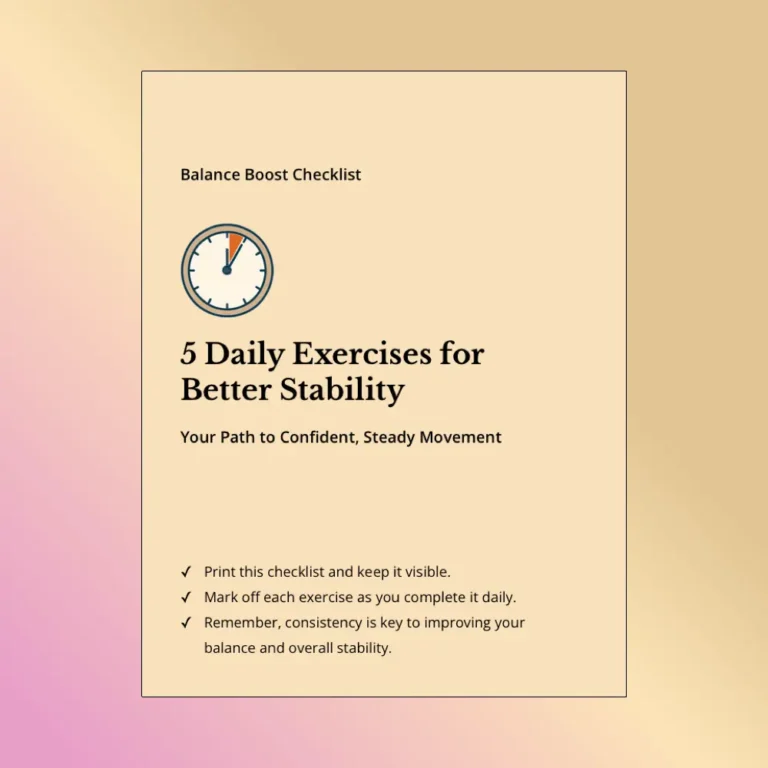

For older adults living with diabetes, paying attention to foot health isn’t just a good habit, it’s necessary for maintaining independence and mobility. Diabetes affects many aspects of health, but foot problems can be particularly troublesome if left unaddressed. Establishing a consistent foot care routine can dramatically reduce risks and help prevent complications. This guide walks through practical, everyday steps that seniors with diabetes can incorporate into their daily lives to keep their feet healthy and comfortable.
Good foot hygiene forms the foundation of diabetes-related foot care.
Effective Cleaning Practices:
Taking a few minutes to clean your feet can feel wonderfully refreshing. This simple daily habit helps ward off infections and helps keep your feet clean and in good condition.
Keeping the skin on your feet properly hydrated helps prevent painful cracks and splits.
Skin Care Recommendations:
When skin becomes too dry, painful cracks can develop, creating pathways for infection. Regular moisturizing helps maintain skin integrity and comfort throughout the day. Learn more about proper hydration for older adults.
Examining your feet daily allows you to spot potential issues quickly.
Inspection Checklist:
Think of daily inspection as a moment of self-care, taking time to examine the parts of your body that carry you through life. Check your feet every day to catch problems early and prevent serious complications.
Sometimes checking your own feet can be challenging.
Getting Help When Needed:
Including loved ones in your care routine strengthens relationships while ensuring you receive thorough foot care.
The shoes you choose play a significant role in foot health.
Key Shoe Features:
Wear shoes that properly support and protect your feet to help prevent injuries and promote comfort throughout the day. Good foot care includes choosing footwear that accommodates any foot issues you may have developed due to diabetes.
Socks do more than just keep feet warm, they’re an important part of diabetic foot care.
Smart Sock Selection:
Well-chosen socks that fit properly without squeezing your feet create a comfortable barrier between your skin and shoes, which helps keep your feet healthy.
How you trim your toenails makes a significant difference in preventing problems.
Nail Care Guidelines:
Taking care with toenail trimming can prevent painful ingrown toenails that might require medical attention. Proper nail care is crucial for individuals with diabetes to avoid foot complications.
Some situations call for expert help.
When to See a Foot Doctor:
A foot doctor offers specialized knowledge and tools that keep your feet healthy when self-care isn’t enough. People with diabetes should get their feet checked regularly by healthcare professionals.
Staying active supports overall health and foot wellness for people with diabetes.
Safe Activities for Better Blood Flow:
Regular movement improves blood flow to the feet and legs while supporting your overall health and mood. For those living with diabetes, maintaining good circulation is particularly important.
Your overall health directly impacts your feet.
Managing Health Factors:
Making healthy choices across all aspects of your life contributes to better foot health and fewer complications. Regular blood pressure monitoring is an important part of diabetes management.
Building a relationship with a foot health specialist provides peace of mind.
Benefits of Professional Check-ups:
Consider your podiatrist a partner in maintaining your mobility and independence through proper foot care. American Diabetes Association recommends regular foot exams for diabetic patients.
Working with multiple healthcare providers enhances your care.
Coordinating Care:
A well-coordinated healthcare team keeps you informed and helps you stay ahead of potential problems. Comprehensive foot care requires attention from various specialists, especially if you have a history of foot problems.
Knowing what to watch for can prevent serious foot problems.
Common Warning Signs:
Being familiar with warning signs allows you to seek help quickly before small issues become major problems. Diabetic neuropathy can reduce feeling in your feet, making it harder to notice injuries.
Some symptoms require prompt medical attention.
Urgent Concerns:
Quick action when problems arise can prevent hospitalization and more serious complications. People with nerve damage must take extra care to inspect their feet daily for any changes.
Consistency makes foot care second nature.
Building Daily Practices:
When foot care becomes an automatic part of your day, you’re less likely to skip important steps. Diabetic foot care is important for maintaining independence and preventing foot injuries and infections.
Monitoring changes helps you stay motivated.
Keeping Records:
Seeing your consistent care documented can provide satisfaction and reinforce the importance of daily care. Regular monitoring is a key element of diabetes care at home.
Taking care of your feet when you have diabetes involves daily attention, proper footwear, regular check-ups, and staying active. These practices work together to prevent complications and support your overall health. By incorporating these foot care tips into your daily routine, you can maintain your independence and continue enjoying activities you love. Remember that your feet deserve consistent care, they’re your foundation for mobility and quality of life.
Are you ready to improve your foot health? Start by incorporating one new foot care practice this week. Consider sharing this article with friends or family members who might benefit from these suggestions. What foot care tip will you try first? Your journey to better foot health starts with small, consistent steps each day.
